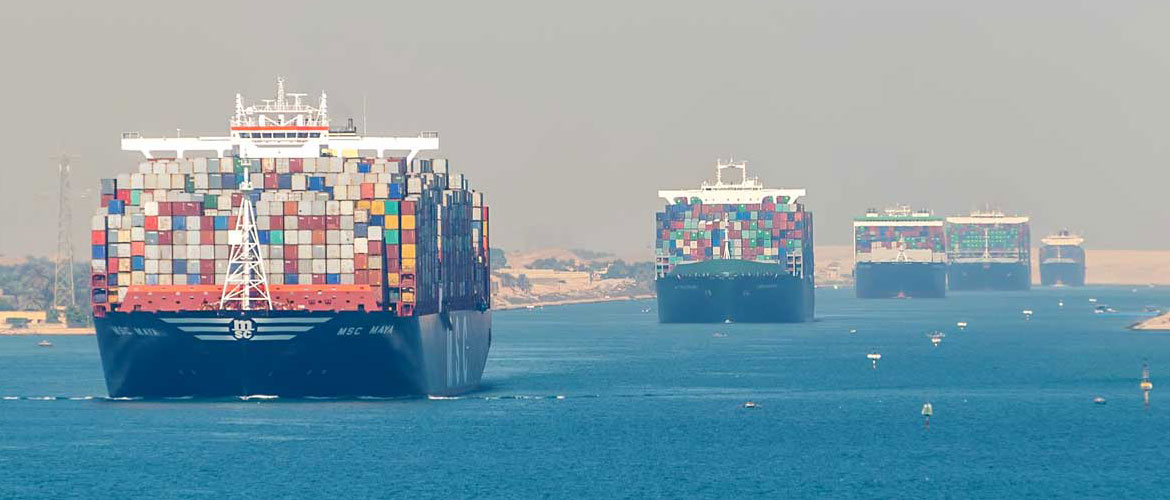The current Red Sea instability has shifted the market balance – albeit temporarily – in the carriers’ favour, but it also raises questions about the binary balance of power between carriers and shippers.
This disruption is different from those preceding it, most notably that vessels needed to divert away from the Red Sea and sail around the Cape of Good Hope (COGH), with the container shipping lines implementing surcharges to compensate for the extra vessel costs.
Shipper lobby groups take the view that if individual carriers decide to head to the Red Sea and then subsequently divert around COGH, that is an operational decision based on a known risk and shippers should not have to pay for the carriers’ decision.
They believe that shippers should only pay temporary surcharges based on the net difference in operational expense, averaged over the capacity of the vessel, while supply is short relative to demand.
Because of the spike in supply and demand, created by the initial diversion away from the Red Sea, carriers have not agreed with shippers’ position, and have been pressuring the largest BCO shippers to share the cost burden.
In addition, the carriers’ transfer of vessels from other routes to the longer sailing transit via the Cape is creating different dynamics in markets outside of the east-west routes.
For example, India to US shipping lanes have substantial general rate increase (GRI) and peak season surcharges (PSS) in March and even though many carriers had one to two week cargo backlogs, uncertainty remains whether there will be sufficient demand for the increases to stick.
Ultimately, when carriers can resume passage through Suez and when more new ultra-large container ships are delivered, the supply and demand dynamics will swing quickly the other way. However, in the near term, this does mean that carriers may be in a stronger position to add more GRIs or at least try to resist further decreases in rates.
We are starting to see some shortages of equipment in key demand locations due to the Red Sea disruption. This is, however, also a structural issue of supply and demand imbalances across individual port pairs and lower port utilisation affecting carriers’ schedule reliability and capacity.
While some shippers seek to benefit from existing low rates, these rates may not be attractive to carriers as demand changes, therefore, shippers interested in stability should be prepared to pay a modest premium for that assurance of supply.
The release of January reliability data from Sea-Intelligence shows a strong and expected impact of the Red Sea disruption. Global reliability has dropped to a point where well under half of vessels arrived on time versus a pre-pandemic normality of 70-80%.
Whenever the market shifts abruptly, costs and schedules do too, which typically triggers numerous emails and phone calls between shippers and their forwarders or carriers, as they request updated information on cargo loaded and vessel position.
Shippers using our PowerView platform can access reliable information on their cargo’s position and accurate vessel ETAs, so that they can plan accordingly.
If you have any questions or concerns about the issues raised here, or would like to discuss their wider implications, please EMAIL Matt Fullard.

 Unit 1, Alpha Way, Thorpe Industrial Estate
Unit 1, Alpha Way, Thorpe Industrial Estate